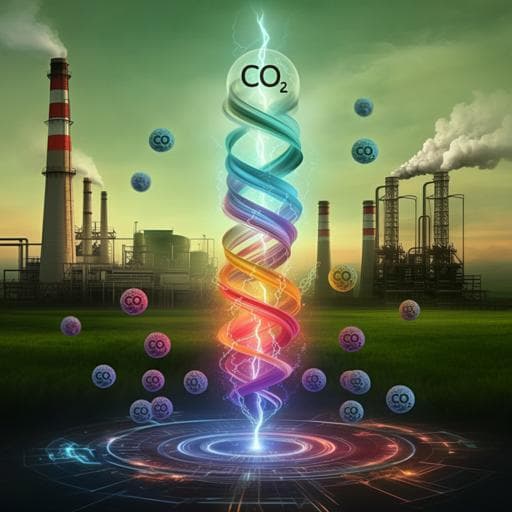
Engineering and Technology
Toward economical application of carbon capture and utilization technology with near-zero carbon emission
K. M. G. Langie, K. Tak, et al.
Explore the revolutionary reaction swing absorption (RSA) technology developed by Kezia Megagita Gerby Langie and colleagues, which promises to produce synthesis gas with near-zero CO2 emissions. This innovative method not only enhances CO2 absorption rates but also significantly cuts down energy costs associated with carbon capture and utilization.
~3 min • Beginner • English
Related Publications
Explore these studies to deepen your understanding of the subject.







